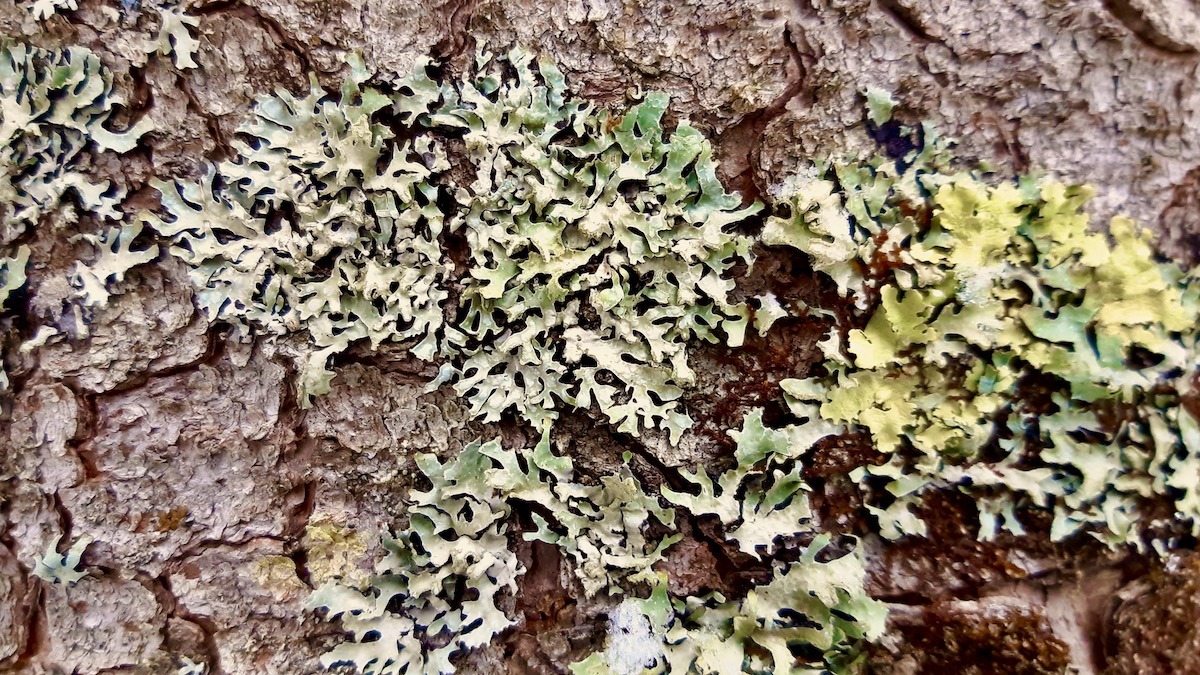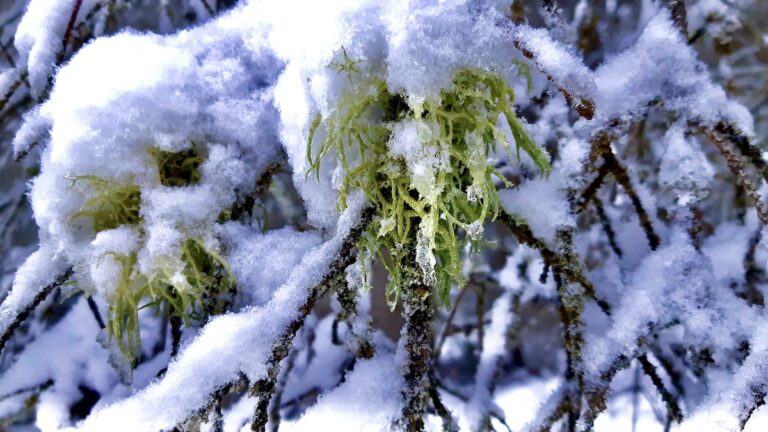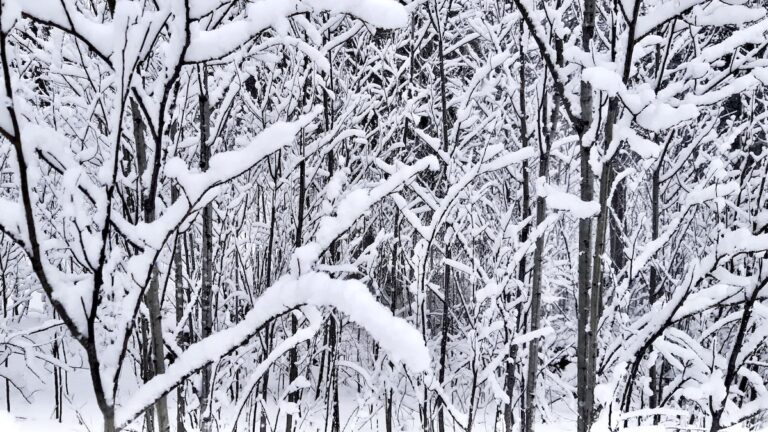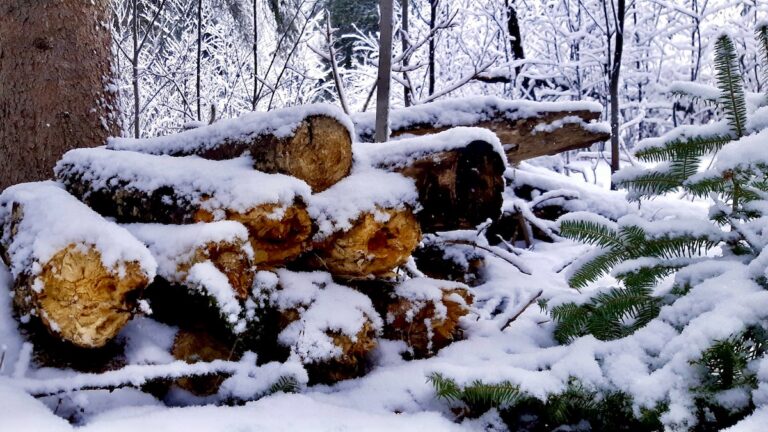
The Map of Small Lives
The warming days of spring reveal more than thawing ground—they unveil life too quiet to announce itself. On the bark of an old tree, lichen and moss stir from their winter hush, soaking up the early light. The greens have sharpened since the snow began to melt, edged now with richer pigments and hidden complexity. These organisms, often overlooked, are the first to speak in spring’s language—soft, persistent, and ancient. They’re not decoration, but evidence: that the air is clean, the cycle turning, and that life endures even in stillness.
This small colony, half-moss, half-lichen, reads like a map across the tree’s rugged face. Each curve and frill is a response—to light, to moisture, to time. They’re a collaboration, not a singular voice. The fungus offers structure, the algae or cyanobacteria, sustenance. It’s a reminder that resilience is often communal, grown from slow partnerships and mutual care. Standing close, it’s easy to forget the noise of the world. Here, texture becomes a kind of storytelling, and silence is not absence, but depth.






